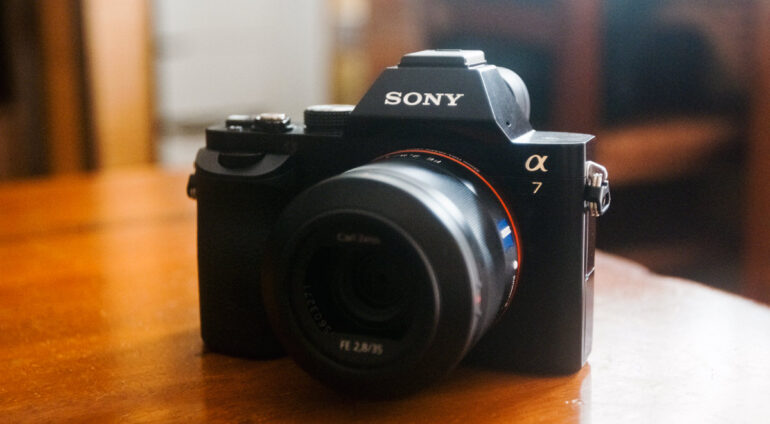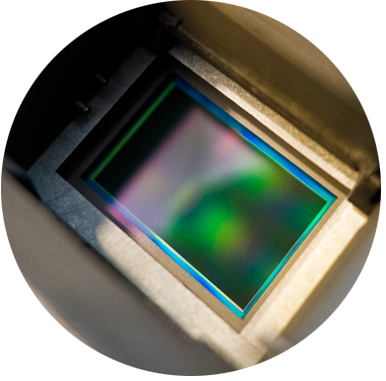We may earn a commission when you purchase through affiliate links. Learn more.
 You don’t need to be an electrical engineer to be a good photographer, but it helps to have at least a rudimentary understanding of how cameras, lenses, and exposure work.
You don’t need to be an electrical engineer to be a good photographer, but it helps to have at least a rudimentary understanding of how cameras, lenses, and exposure work.
Lots of people find cameras to be mysterious contraptions packed with circuits and sensors that somehow spit out photos. When we charge the battery and press the shutter, we know that we’re going to get a photograph, but the process by which that photograph is created is a total mystery to most people.
To start at the beginning, the word camera comes from “camera obscura” which is Latin for dark chamber. An early mechanism for projecting images onto paper so that they could be traced, the camera obscura eventually led to the development of the camera as we know it today, a device used to capture visual images with a medium that can record light intensity — either film negatives or digital sensors.
With traditional film cameras, light passes through a lens and is recorded using a chemical process in which sensitive photographic film is exposed to this light during an exposure while the shutter is open. This photographic film is a sheet of plastic coated with an emulsion containing light-sensitive crystal halide salts held together with gelatin. The crystals vary in size, which determines their sensitivity to light, forming an invisible image. To finally create a visible image, chemical processes are applied to the film during the film development process.
Digital cameras, which make up the vast majority of the camera market these days, use an electronic sensor in place of film, typically a CCD image sensor or a CMOS image sensor. The basic idea is that both CCD (charge-coupled device) and CMOS (complementary metal-oxide semiconductor) image sensors convert the light’s energy into voltage, which is then converted into digital information. When you consider this for a moment, you can’t help but appreciate our advanced digital technology that makes this possible.
The processor in your camera takes the information obtained by the digital sensor and converts it into an image file that gets written to a memory card in the format that you’ve selected — usually Jpeg or RAW, two file formats that we’ll go into in the RAW vs Jpeg lesson.


